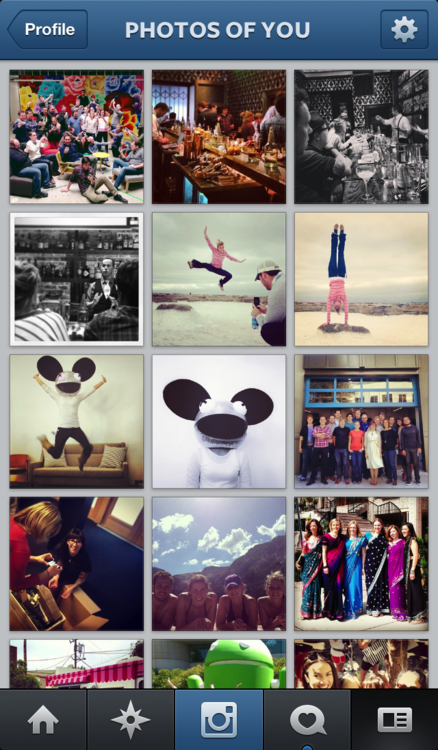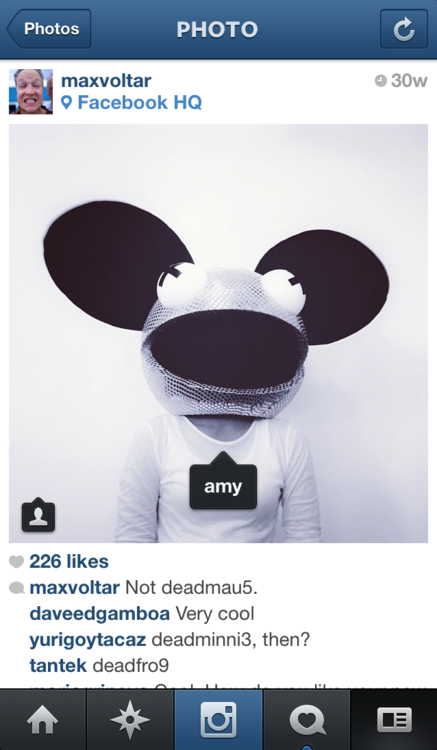 Instagram is rolling out an update which allows iOS and Android users to tag their friends, themselves, celebrities or brands in their photos – a similar feature to that which helped popularise Facebook in its early days. Previously, users had to ‘@’ mention their friend’s in the comments section accompanying photos if they wanted to tag them.
Instagram is rolling out an update which allows iOS and Android users to tag their friends, themselves, celebrities or brands in their photos – a similar feature to that which helped popularise Facebook in its early days. Previously, users had to ‘@’ mention their friend’s in the comments section accompanying photos if they wanted to tag them.
When a user is tagged in a photo they will receive a notification and the photo will appear in the “Photos of You” section of their profile. Like Facebook, users can detag themselves and change the settings so that photos require approval before they appear on their profile.
Having uploaded a photo, users will be given the option to tag people or brands by tapping on them. There is also the option to tag old photos. To see who’s tagged in any photo in their feed users just have to tap the photo, otherwise the tags remain invisible. Only the user who uploaded the photo can tag it, confirmed Instagram in their
announcement post:
Today, we’re excited to introduce Photos of You and bring you a new way to share and discover stories on Instagram. When you upload a photo to Instagram, you’re now able to add people as easily as you add hashtags. Only you can add people to your photos, so you have control over the images you share. And it doesn’t stop at people—you can add any account on Instagram, whether it’s your best friend, favorite coffee shop or even that adorable dog you follow.

The benefits of the new tagging feature are obvious: users will be able to collate photo albums of themselves and flick through those of their friends. More importantly, it will be easier to capture and organise special moments with friends, making the photos simpler to rediscover in the future. Brands will also greatly benefit from the photos, as the public will be creating hundreds of great images featuring their logos and products which could then be used for promotional material.
Problems could arise for brands and celebrities, however, as every single photo they are tagged in will appear on their page or, if they select the image pre-approval option, they will have to sift through dozens of images, requiring time and effort. Also, there could be people taking photos which contain negative or inappropriate themes within them. Of course, companies could use this to their advantage, using positive and negative photos for sentiment analysis.
An Instagram spokesperson told
TechCrunch that “a year of work went into building the new tagging and Photos Of You section”. The Photos Of You section won’t be published until May 16th, giving users enough time to get to grips with the new tagging feature, as well as to decide what tagged photos of themselves they want to be visible to the public. According to the same spokesperson, Instagram has not thought much about how to monetise the tagging feature yet. However, tagging will undoubtedly increase Instagram’s active user figures, as people will want to see photos that they are tagged in after receiving a notification.
What do you think of Instagram’s new tagging service?







